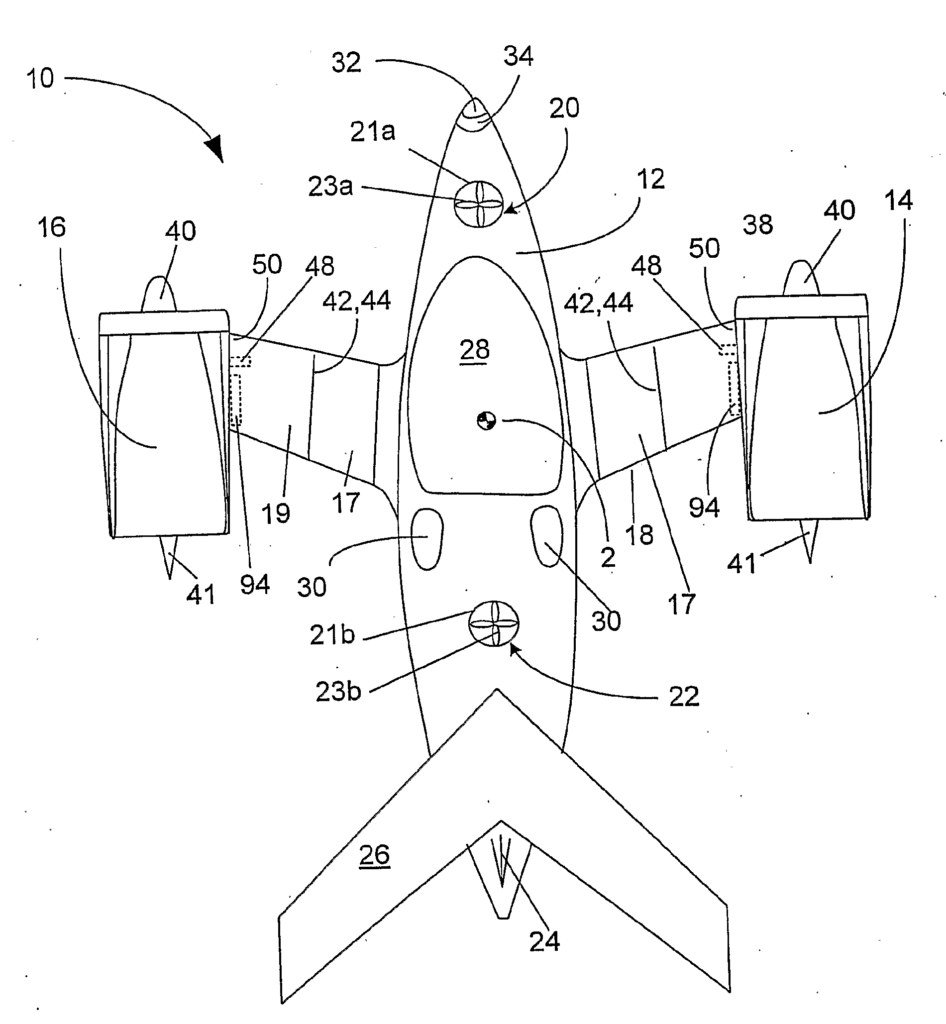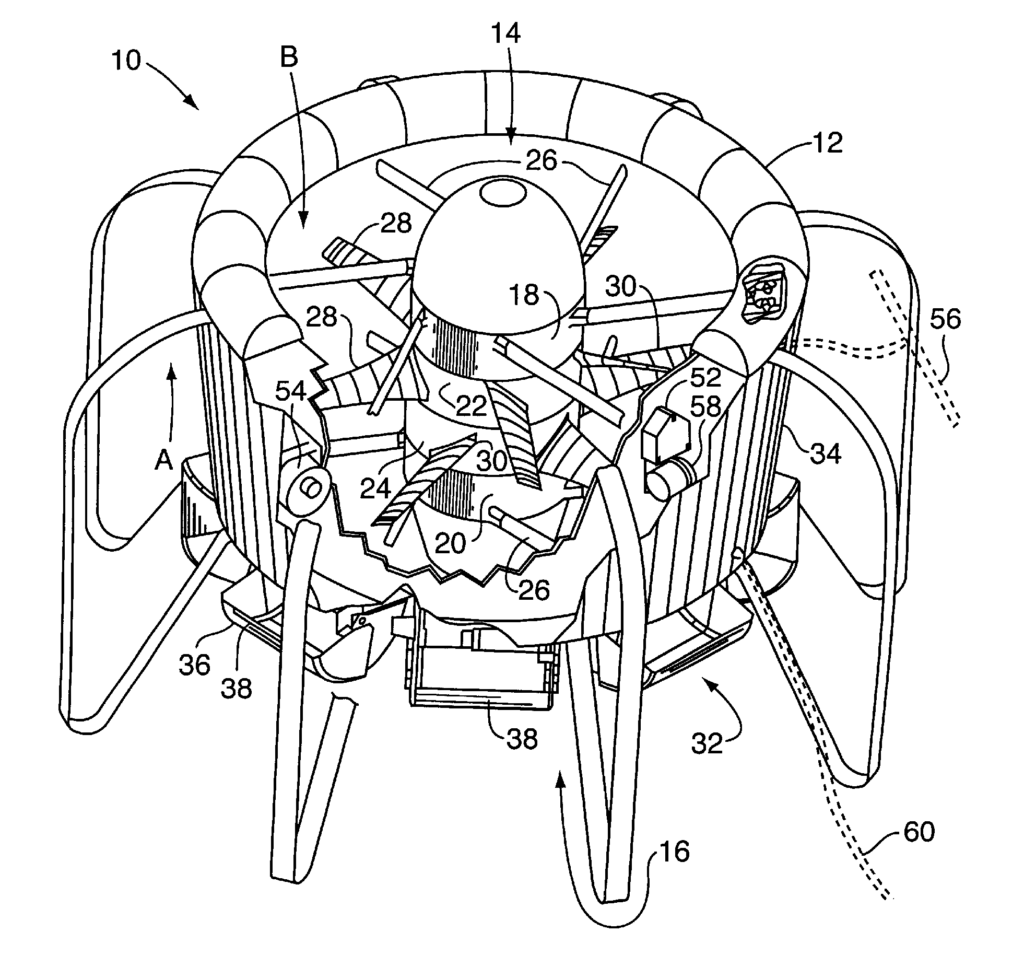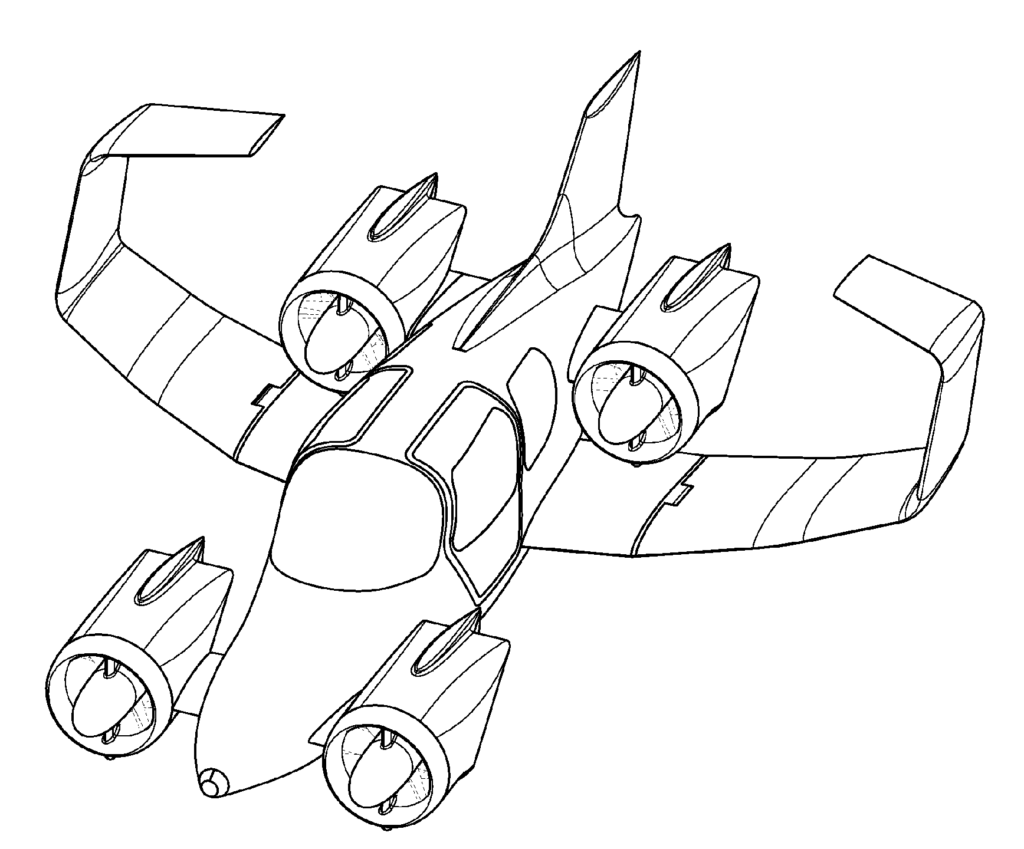Imagine commuting through the skies instead of being stuck in traffic on the ground. Moller International’s groundbreaking Skycar, an eVTOL (electric Vertical Take-Off and Landing) vehicle, is set to turn this vision into reality. With recent developments and a history of patent filings dating back to the 1990s, Moller is leading the charge in transforming personal transportation as we know it. As the eVTOL market heats up, Moller’s Skycar stands out as a serious contender, poised to reshape urban mobility with its revolutionary design and cutting-edge technology.

What Are the Unique Features of Moller’s Skycar?
- VTOL Capabilities: The Skycar can take off and land vertically, requiring minimal space and providing unprecedented convenience in urban settings.
- High Speed and Efficiency: Designed to fly at speeds up to 300 mph, the Skycar combines speed and fuel efficiency for quick commutes.
- Multi-Engine Safety: Skycar is designed with multi-rotary engines and a flight control system that ensures the stability of the vehicle during transition between flight modes with an added degree of safety.
- Compact and Foldable Design: The ability of the foldable wings allows easy parking and storing, which is very useful in urban areas.
- Computerized Flight Control: An advanced triple-redundant computerization of flight control for enhanced safety makes it easier for users to use Skycar with ease.
What Patents Back the Innovation of Moller’s Flying Car?
Moller International holds numerous patents that showcase the technological advancements in their Skycar model. These patents cover both the functional and design aspects of the flying car, ensuring the Skycar’s superiority in terms of efficiency, safety, and operability.
- EP1592781A2: This patent covers a VTOL vehicle with foldable wings and two rotary engines in each nacelle, designed to maintain aerodynamic lift while transitioning between flight modes. The advanced airflow deflection system aids in controlling the vehicle.
- US6450445B1: This patent details a remotely controlled flying platform equipped with counter-rotating fans, a vital feature for stabilizing the vehicle’s pitch, roll, and yaw during flight.
- US5115996A: One of the more critical patents, this describes a VTOL aircraft with nacelles and stabilizers that work together to form an aerodynamic lifting body, ensuring smooth and safe transitions between vertical and horizontal flight.
- USD736140S: A design patent highlighting the unique structure and appearance of the Skycar, focusing on the aesthetics and practical aspects of its VTOL design.
How Does the Skycar Compare to Other eVTOL Vehicles?
Moller’s Skycar is unique in its balance between innovation, safety, and usability. Below are some other eVTOL competitors and what sets the Skycar apart:
- Volocopter: Skycar by Moller is for flying over longer distances with higher speeds, while Volocopter focuses on flights of short range over urban settings.
- Joby Aviation: Joby offers advanced VTOL capabilities similar to Moller’s, but Moller’s use of multiple rotary engines provides enhanced safety redundancy.
- Lilium Jet: Lilium’s electric jet shows much promise in speed but lacks the foldable wings that Moller has used in his Skycar design to give it greater versatility regarding metropolitan areas.
Moller International’s Skycar represents a bold step forward in the eVTOL space. The company’s decades of research, backed by a comprehensive patent portfolio, make the Skycar a standout in the race toward personal flying cars. As the industry continues to grow, Moller International’s contributions—especially in eVTOL technology—are paving the way for a new era of urban transportation.
Need to know anything else? We got you covered!





